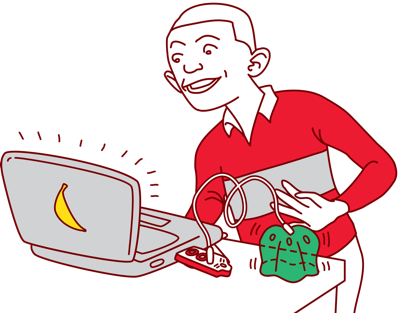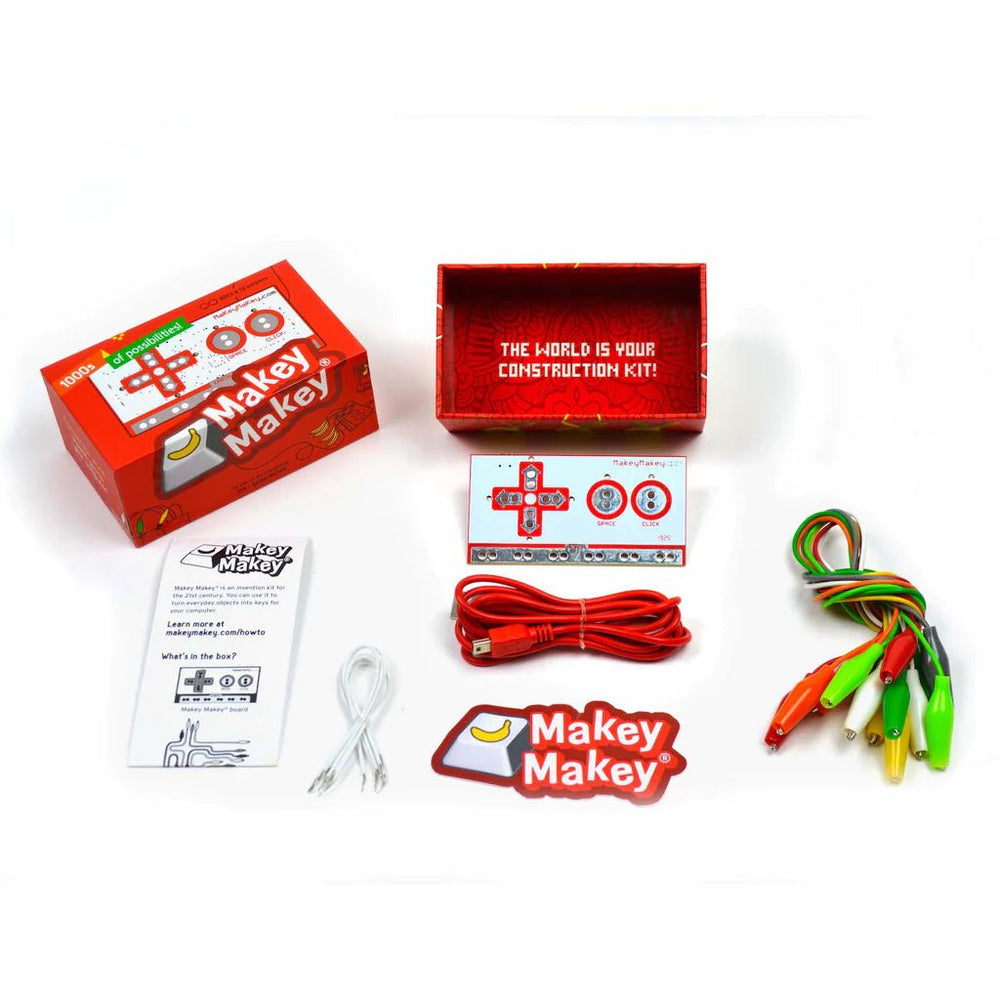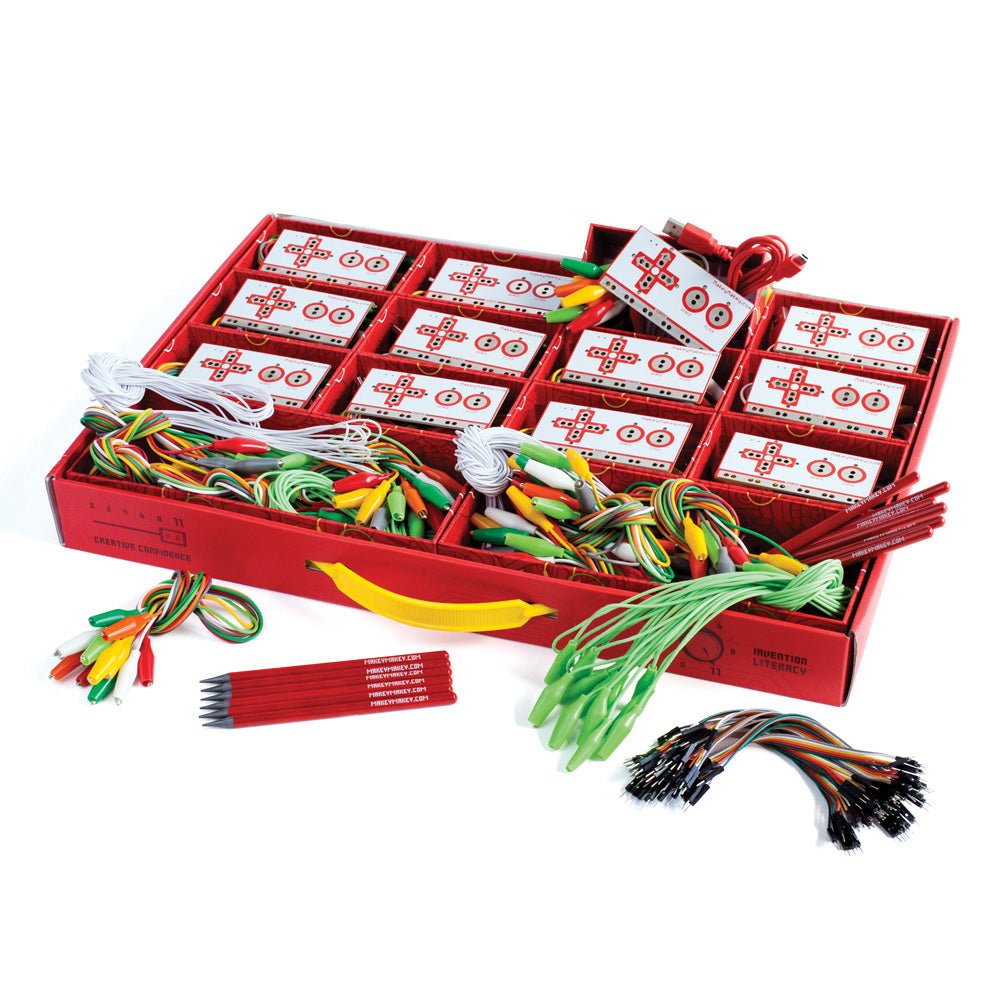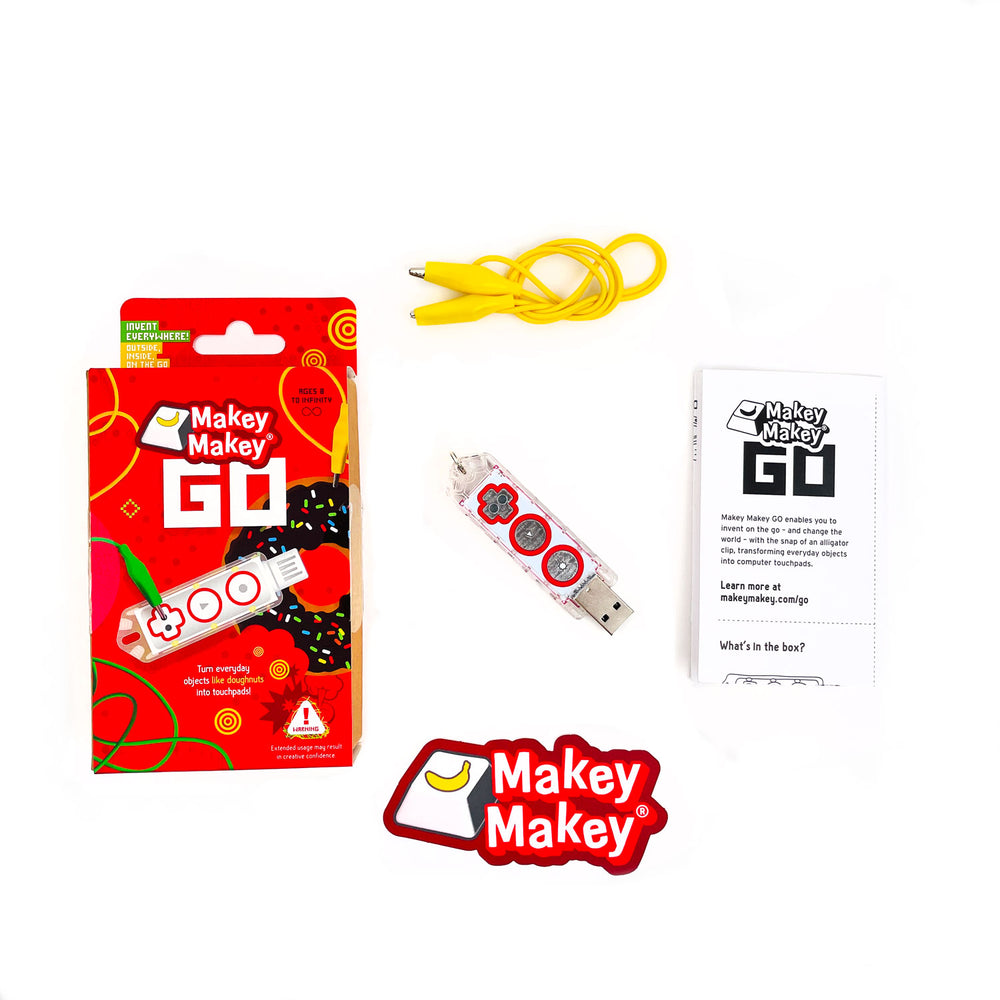Featured Educator: Derek Robertson "Are you Ready for this Jelly?"
Featured Educator Series
Derek Robertson has been blowing up our social with his amazing work with preservice teachers for a few years! We love what he does and asked him to write a guest blog for us this month!
Meet this month's featured educator: Derek Robertson at the University of Dundee
I work at the School of Education and Social Work at the University of Dundee. Our University is situated in Scotland’s fourth largest city. Its origins date back as far as 1882 when the University of College, Dundee was founded. Back then it was a part of the University of St. Andrews but this changed in 1967 when it became an independent university. It is home to 17,000 students and 3000 staff.
I am a senior lecturer there as well as being a Discipline Lead for Teacher Education. Our School offers programmes in many areas such as Teaching, Social Work, Community Education, Childhood Studies and Educational Psychology. My work is mainly focused on the teacher education programme and I have a particular responsibility for the development of the digital literacy of our students.
Digital Literacy and Effective Pedagogy
This focus is one that sees us working to develop our students’ confidence and competence in the use of digital tools and spaces but with a clear focus on effective pedagogy. We want our students to be able to critically evaluate the affordances of digital tools and spaces and in so doing make informed, and at times creative use of these as they look to ensure best outcomes for the children that they teach.
We also explore the cultural, political and philosophical aspects of the use and impact of the digital world on children, teachers and wider society in our work here. Our students respond very well to the challenges that we present to them and in doing so they can show just how creative and thoughtful they can be.
The Makey Makey examples that we have posted online over the past few years give a very good picture of how our students engage with and respond to their learning about and with digital tools and spaces.
Along with another colleague, Mrs Tonner-Saunders, we are always looking to ensure that we are creating an ethos of digital education that is purposeful and relevant. We are very critical about what we bring in to the programme and what we then need to then leave out and in doing so, we are careful not to always jump on the new app or the new device. The use of the Makey Makey came about because I saw Eric Rosenbaum demo his invention at the Mozilla Festival in London about 10 years ago. I was immediately drawn to this device and could see the creative possibilities for learning that it could bring to the classroom and its relatively low cost to schools was also a major factor in our decision to feature this device in our work with students. The Makey Makey is now a central aspect of our student teacher development in our undergraduate and postgraduate teacher education programmes.
Cross Curricular
The Makey Makey features in a 3rd year undergraduate module called Teaching Across Subject Boundaries. This module explores the discrete nature of subject learning but its main focus is on the development of subjects through approaches such as interdisciplinary and transdisciplinary learning. My colleagues explore their specific subject areas in ways that look to identify purposeful links and connections with other subject areas so that the knowledge and skills being developed in one subject area can be used in the development of other subject areas. One way that I do this is by exploring the development of coding but with a focus on mathematics so that we can control the programmes we write in Scratch.
Makey Makey and DJ Jelly
The Makey Makey makes its appearance in my inputs about the development of the design process in the Technologies aspect of Scotland’s Curriculum for Excellence. In this input I aim to convey to the students just how exciting they can make learning for their children. I want them to buy into this ethos… I have always used the phrase ‘suspending the kids’ belief’ to explain the creative and at times, weird and wacky ways that I present learning to children and so to demonstrate this - straightlaced, white-shirted and tie wearing me inhabits the alter ego of DJ Jelly. Now DJ Jelly came about as a result of me being totally inspired by the Makey Makey example, Le Frutophone, that was featured on the Makey Makey site. When I saw this I just thought, "WOW, how did he do that? " I explored a bit further and discovered the Soundplant application. I wanted to present my own take on this example and as I thought about how I could explore the design process and the development of digital capability in this context? I also saw that I could use it to explore the Science curriculum, and in particular circuits and the conductivity of materials.
My mind is such that it moved to the idea of using jelly (we eat it with ice-cream in Scotland) as part of what I was going to do and the more I thought about it the line ‘I don’t think you’re ready for this jelly’ from the Destiny’s Child hit Bootylicious appeared out of nowhere.
There it was, I had it! I would sample bits of music from Destiny’s Child and Beyonce’s hits, put them on Soundplant but use an array of jellies that were connected to the Makey Makey to DJ.
As I touch the jelly, the music samples play!
In my introductory input I present a rationale for the design process to feature in the educational experiences of our children and then introduce the Makey Makey to the mix. The disco light is switched on and then the DJ set starts. When I am finished doing the DJ Jelly set I explain how the device works, I show a few examples and then I set them their design process challenge. In our curriculum there's an emphasis on using the local context to ensure relevance and purpose in learning and so I use the new Victoria and Albert Museum in our city to do this.
The Design Challenge for Students
I tell my students that they have to design an installation based on the concept of Electricity in Design that would feature in the foyer of the museum for visitors to engage with.
They are then given a week to prepare their response.
A week later they return to class, they are given an hour to get their Makey Makey installations built and working and then we explore the wonderful things they have made.
Surprising and Diverse Examples
This input is one where my students never fail to amaze me. I do think that the real core of learning about interdisciplinary approaches and appropriate curriculum linking is very well-addressed but beyond that, I see real imagination, passion and personality oozing from my students. This is important to me as a teacher educator because I believe that teaching and learning can be, and should be a joyous experience. I look at them with sheer delight at how they bring themselves to this learning experience and their creations get better every year. This video from last year’s cohort captures the energy of this input.
This year’s student group presented examples such as:
- Jungle Run: This group brought in an element of jeopardy with a blindfold as a part of the experience. They also included an ingenious addition of a handheld wireless speaker that gave you instructions about what to do next.
- The Pointless Chase of Fortune: This group mashed up a few television quiz shows to create their example. One of the students played the role of the Chaser with some dramatic impact!
- Rainforest Mission Impossible: Inspired by the Tom Cruise movie and popular British TV programme this group created a very ingenious installation that had an engaging back story.
- Now that’s what I call Valentine’s: This was a very interesting response that the students thought could be used for a range of subject areas in school. I really liked the aesthetic of this design.
The other groups presentations were as follows:
- Do you like Pina Colada?
- The Very Hungry Caterpillar
- Guess the Minibeast
- Scratch Drum Kit
- Mario Kart Cha Cha Slide
- Gladiators READY!
- The Primary School of Rock
- Love Island
Yearly Challenge
This digital maker project has been a feature of the Teaching Across Subject Boundaries module for the past five years. I am finding that the previous year’s efforts appear to be acting as an inspiration for the following cohort and as a result we keep seeing original and creative responses to the challenge.
Check out last year's student work below!












